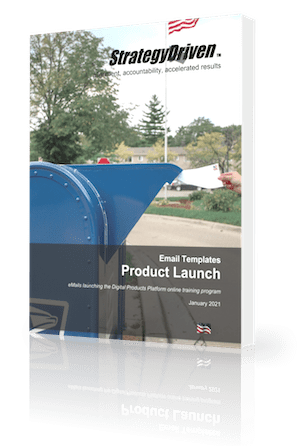Ensuring PPE Compliance and Overcoming Resistance in the Workplace
Every year, countless workers get injured due to not wearing personal protective equipment (PPE) properly, or even at all. PPE is essential in workplaces because it minimizes exposure to ergonomic, physical, chemical and biological hazards. While there are clear guidelines concerning where and how workers should wear PPE, many disregard it for different reasons. In this article, we will look at some of those reasons and some ways employers can ensure PPE compliance in workplaces.
Provide Adequate Training and Education
Most workers will understand why they should wear PPE if managers and leaders explain why doing so is important. Businesses can start by investigating cases where workers have been injured for not wearing PPE. For example, a worker might have been seriously injured by a falling object. However, they would have avoided the injuries, or the injuries would have been minimal if they were wearing PPE. Pointing out such cases will cement the importance of PPE in your worker’s minds.
Next, you should educate them on what types of PPE they should wear for specific tasks. Some workers do not wear PPE because they do not know which ones they should wear, but this solves that issue.
Ensure the PPE Is Comfortable
One of the main reasons workers do not wear PPE is because they find it too uncomfortable. They might also find it difficult to perform their duties while wearing it. For these reasons, businesses must select comfortable PPE that is also appropriate for the hazards an employee might encounter.
They should also work closely with employees to understand sizing options and other factors that ensure comfort, such as breathability and ventilation. The PPE’s materials should also be flexible, not rough or itchy, have proper moisture management, and adhere to other comfort requirements.
Make PPE Accessible
Businesses should always ensure workers have access to the PPE they need. For example, those working in an environment with sleek floors should have access to safety boots that are slip resistant, but that also offer protection from other hazards such as falling tools.
Businesses should also ensure that all PPE is always in good condition, well maintained, and replaced when expired or damaged. Failure to meet these requirements increases the likelihood of employees not seeing the need to wear it, thereby hurting compliance and putting them in danger.
The PPE should also be easy to put on and take off. This is especially important in industries where employers do this multiple times a day, such as in the pharmaceutical industry. If employees find it a chore to put on and take off their personal protective equipment, they are more likely to forgo it.
Provide Feedback and Recognition
Positive reinforcement can make a significant difference to PPE compliance levels. Managers and leaders should recognise employees who wear their PPE properly to reinforce the behaviour. They should also talk to those who do not so they can understand why they do not and explain why PPE is essential.
Wearing PPE properly can prevent serious injuries and even fatalities. Unfortunately, some workers do not wear their PPE, putting themselves in danger. Businesses can protect their workers by ensuring compliance using the tips discussed above.












Leave a Reply
Want to join the discussion?Feel free to contribute!